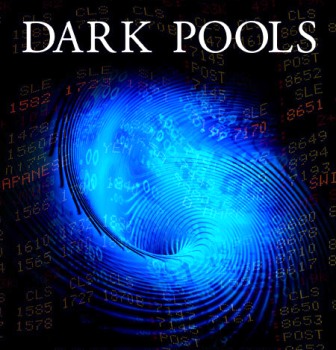MarketMuse update courtesy of Reuters in CNBC
The NYSE has recently come close to completing a deal with some big banks to take over running the banks’ dark pools. Now, NASDAQ is proposing an alternative solution as they eye running dark pools for banks as well.
Nasdaq OMX Group has approached several big banks with a proposal to take over the operation of their so-called “dark pools,” and plans to seek regulatory permission to do so, The Wall Street Journal reported, citing Nasdaq Chief Executive Robert Greifeld.
The new initiative was a response to the needs of the company’s customers and not a strategic change, the Journal quoted Greifeld as saying.
Exchanges have been losing market share to broker-run alternative trading systems, including “dark pools,” partly as brokers seek to avoid high exchange fees.
Dark pools are broker-run electronic trading venues, and several big banks have one. They allow investors to trade anonymously and only make trading data available after a trade, reducing the chance that others in the market will know about the buyer’s or seller’s intentions and move the price against them.
Dark pool venues have come under scrutiny amid concerns their unlit markets may drive too much volume away from traditional exchanges and make it hard for investors to see demand and potentially distorting prices.
Last month, Citigroup said it would shut down its alternative stock trading venue LavaFlow, at a time when regulatory scrutiny has increased around broker-run trading platforms, forcing banks to rethink the costs. Wells Fargo shut its dark pool in October, citing a lack of customer demand.
Banks’ “costs are skyrocketing and our job is figuring out how we can help them solve that problem,” Greifeld told the Journal.
Using its technology, surveillance software and regulatory expertise, Nasdaq can manage dark pools on behalf of banks, still allowing them to trade at lower prices than they do on exchanges and letting bank customers trade anonymously, the newspaper reported.
A final business product hasn’t been completed and plans may change, the Journal said.
Representatives at the Nasdaq were not immediately available for comment outside regular U.S. business hours.
The U.S. Securities and Exchange Commission Chair Mary Jo White announced last year that she planned to propose new rules that would require alternative trading platform operators to disclose more details to the public about the way they operate.
For the original article, click here.



